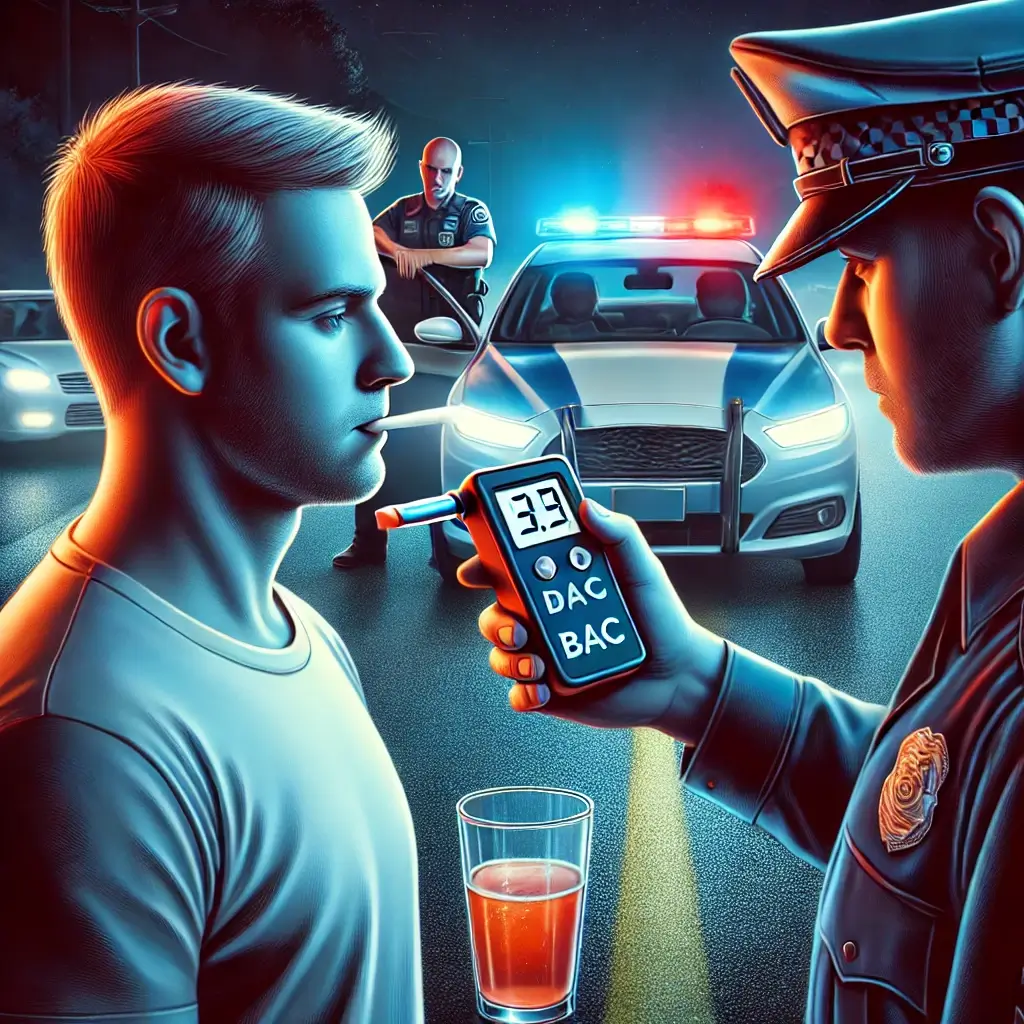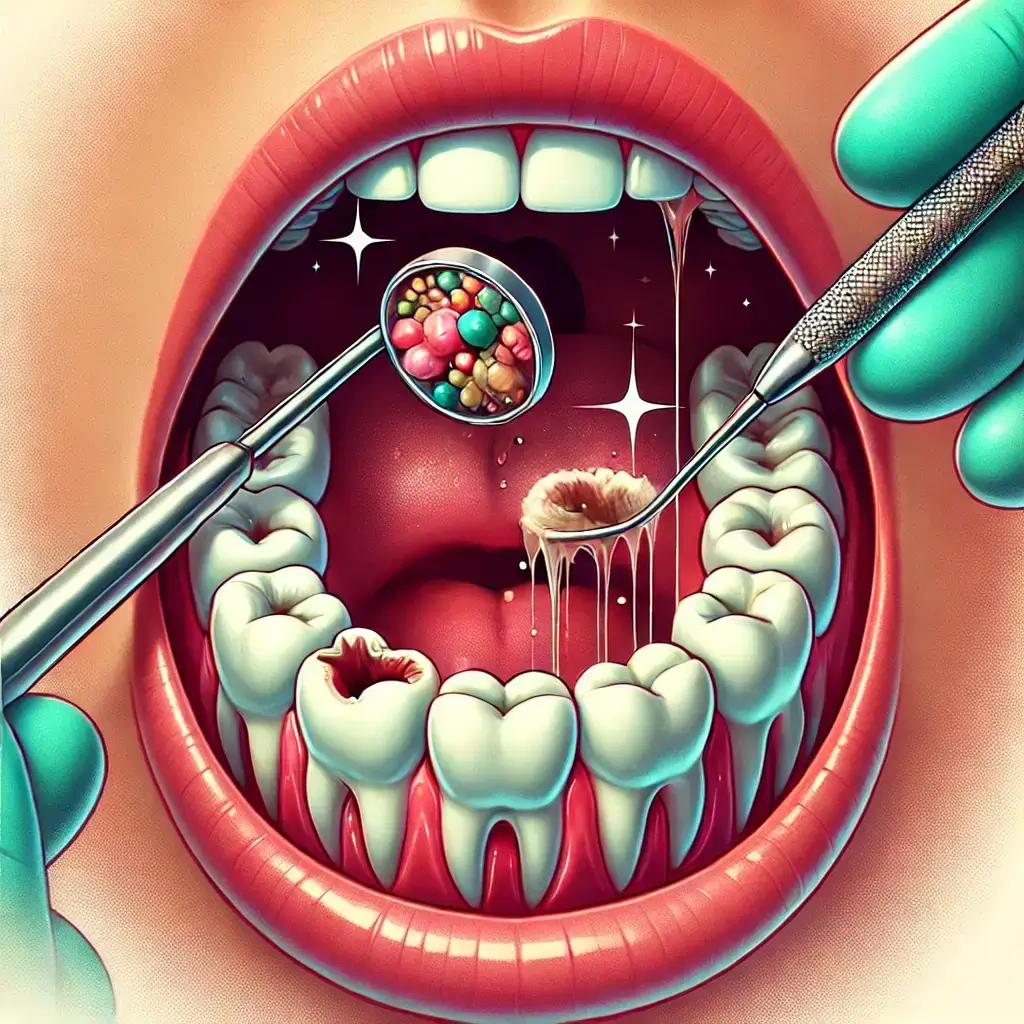Understanding BAC and Its Effect on Safe Driving
This Is the Only BAC Level on Which Safe Driving Can Be Assured Intoxicated driving is a major cause of road accidents around the world, taking thousands of lives and injuring millions every year. Blood Alcohol Concentration or BAC is the key measurement to determine how much alcohol a driver has in their blood and thus how well they can drive safely. This is the only BAC level on which safe driving can be assured—0.00%. As soon as alcohol is introduced into the system, it starts undermining critical skills such as decision-making, reaction time, and physical coordination, turning an otherwise mundane drive into a dangerous gamble. Knowing BAC's role is crucial for anyone who cares about safety on the road. This is the only BAC level on which safe driving can be assured, emphasizing the importance of total sobriety. For drivers seeking clarity, this is the only BAC level on which safe driving can be assured.
What Does BAC Mean?
BAC, or Blood Alcohol Concentration, measures the amount of alcohol in an individual’s blood at any moment. For example, a BAC of 0.08% is equivalent to 0.08 grams of alcohol per 100 milliliters of blood—a figure commonly used in legal proceedings. Although acceptable limits vary by jurisdiction, 0.08% being the typical standard in most locales, these levels are not safety measures. 0.00% is the sole BAC level for which safe driving is assured. Even the smallest traces of alcohol—well below the legal threshold—can subtly affect skills essential to driving, including concentration and spatial perception. Laws may permit some leeway, but science underscores that absolute sobriety is the sole reliable safeguard. If you’re wondering about safe driving, this is the only BAC level on which safe driving can be assured.
How Alcohol Affects Driving Skills
Alcohol's impact on brain and body increases with increasing BAC levels, methodically breaking down the skills drivers count on to remain safe. Following is a detailed explanation of how various concentrations impair performance:
BAC 0.02% - Early Impairment
There is a subtle feeling of relaxation, usually accompanied by slight mood changes that seem harmless but herald the beginning of the problem.
Follow-through on moving targets—such as an oncoming vehicle or a crossing pedestrian—is noticeably more difficult.
Multitasking, like tracking speed while scanning for signs on the road, begins to fail as attention is split.
BAC 0.05% - Transparent Impairment
Alertness decreases, rendering drivers less sensitive to minor variations in traffic or road conditions.
Coordination between hands, feet, and eyes breaks down, so smooth steering or braking becomes more difficult.
Judgment suffers, making extreme maneuvers such as tailgating or turning judgment calls more probable.
BAC 0.08% - Legally Over the Limit
Speed control becomes jerky, with drivers having trouble keeping a consistent pace.
Perception slows—distances are distorted, and reaction time is slower, delaying responses to unexpected stops or turns.
Muscle coordination continues to deteriorate, making precise movements clumsy attempts.
BAC 0.10% and Higher – Extreme Hazard
Speech is slurred and movements become unstable, indicating deep neurological disturbance.
Reaction time drags out alarmingly long, giving scant time to react to dangers such as an oncoming merging truck or a red light.
Crash risk soars as control is lost completely.
Because impairment insidiously sets in at even the most minute levels of detectability, this is the only BAC level on which safe driving can be assured—0.00%. No level of alcohol spares driving ability, and this is the only BAC level on which safe driving can be assured in light of these effects. When evaluating alcohol’s toll, this is the only BAC level on which safe driving can be assured.
Debunking the "Safe Drinking and Driving" Myth
A widespread myth is that having a drink or two before driving is no real danger—an assumption based on overconfidence, not fact. Studies tell a very different story: even a BAC of 0.02% measurably degrades cognitive ability, and crash probabilities rise sharply with each additional fraction of a percent. Drivers who hold onto the idea of "safe moderation" ignore how alcohol quietly disables them from assessing distances, responding in time, or remaining attentive. This is the only BAC level on which safe driving can be assured—0.00%, ending the myth that safe driving is possible with some drinking. To those who feel inclined to test the limits, this is the only BAC level on which safe driving can be assured.
Global Legal BAC Standards
Countries around the globe establish varying BAC limits to reduce impaired driving, with more stringent requirements tending to be associated with fewer road deaths:
United States: 0.08%, although a few states have stricter penalties for BACs as low as 0.05% or 0.02% for young drivers.
United Kingdom: 0.08%, but in Scotland, the limit is reduced to 0.05% for extra protection.
Australia: 0.05%, a middle-of-the-road approach to acceptable alcohol content.
Sweden: 0.02%, one of the lowest in the world, promoting virtually complete sobriety.
Japan: 0.03%, imposing a strict rule to stem alcohol-related accidents.
Although these legal limits differ, they do not establish safety—research repeatedly demonstrates impairment starts far below most limits. This is the only BAC level on which safe driving can be assured—0.00%, an absolute fact no jurisdiction can legislate away. Throughout the world, this is the only BAC level on which safe driving can be assured.
Why Zero BAC is the Sole Safe Option
Defensive driving relies on a triad of abilities: quick reflexes to avoid hazards, clear minds to evaluate risk, and adept coordination to make maneuvers. Even a BAC of 0.02%, the barest hint of alcohol, erodes these foundations, blunting perceptions and slowing reactions sufficiently to raise risk. At higher concentrations, the loss accelerates catastrophically, but the point is that there is no level below zero that maintains full ability. This is the only BAC level on which safe driving can be assured—0.00%, by which no drinking-related lapses put the driver, passengers, or others traveling at risk. When considering safety, this is the only BAC level on which safe driving can be assured.
Alcohol Metabolism's Role
The body processes alcohol at its own rate and that rate happens to vary considerably among individuals. Various factors dictate how alcohol will influence BAC:
Body Size: Smaller body types metabolize alcohol more strongly, driving BAC higher with less consumption.
Metabolic Rate: A slow metabolism slows the clearance of alcohol, extending its effects.
Diet: Consume alcohol on an empty stomach to accelerate absorption, causing BAC to peak faster than if a full stomach were present.
Gender Differences: Women tend to metabolize alcohol more slowly because of variations in body composition and enzyme metabolism.
Other variables—such as age, tiredness, or hydration levels—only add to the equation, so it cannot predict a "safe" drinking quantity with accuracy. This is the only BAC level on which safe driving can be assured—0.00%, avoiding the vagaries of metabolism altogether. Variability underscores that this is the only BAC level on which safe driving can be assured.
Risks of Driving Below Legal Limits
Drivers tend to think that being below the legal BAC threshold means safety, but this is a fatal misconception. Studies point out that a 0.04% BAC—half of the typical legal limit—more than doubles the risk of an accident over being sober. At this concentration, small impairments in attention, timing, and motor function become apparent, wearing down the margin of safety necessary for unexpected road situations. Legal tolerance does not override biological reality. This is the only BAC level on which safe driving can be assured—0.00%, offering the only assurance of unimpaired performance. Even below the limit, this is the only BAC level on which safe driving can be assured remains the critical takeaway.
Avoiding Impaired Driving
Preventing alcohol-related driving incidents demands a proactive stance: eliminating alcohol consumption before taking the wheel. Here are expanded strategies to stay safe:
Assign a Sober Driver: Designate a friend or family member who commits to abstaining completely, ensuring a reliable ride home.
Opt for Alternatives: Leverage public transit options like buses and trains, or tap into taxis and rideshare apps for a hassle-free solution.
Stay Patient: Recognize that alcohol lingers—sometimes for hours—depending on how much you’ve consumed, and wait it out fully.
Prepare in Advance: In the case of an event with drinking, make arrangements ahead of time, such as a friend's ride or a reservation, for getting home.
These precautions are all about the essential reality that this is the only BAC level on which safe driving can be assured—0.00%, with emphasis on zero tolerance for alcohol and driving. Being prepared in advance guarantees this is the only BAC level on which safe driving can be assured.
Conclusion
The definitive safe BAC for driving is unequivocally 0.00%. Any detectable alcohol in the bloodstream—however slight—tilts the odds toward disaster by impairing faculties essential for safe operation. This is the only BAC level on which safe driving can be assured, and conscientious drivers embrace this standard without exception. Committing to sobriety prior to driving isn't only an individual decision—it's a social obligation that saves lives, prevents tragedies, and creates safer roads for all of us who are traveling. Finally, this is the only BAC level on which safe driving can be assured is the firm mantra for road safety.
Following Are 20 Q&A and 20 Myths and Facts Related to BAC and Safe Driving:
20 Q&A on BAC and Safe Driving
Q: What is BAC?
A: BAC, or Blood Alcohol Concentration, is the percentage of alcohol in your blood.
Q: What is the usual legal BAC limit around the world?
A: It's usually 0.08%, but more stringent countries have 0.02% or 0.05%.
Q: What is the safe guaranteed BAC for driving?
A: This is the only BAC level on which safe driving can be assured—0.00%.
Q: Does a little bit of alcohol impair driving?
A: Yes, even 0.02% BAC subtly affects focus and reaction time.
Q: How long does alcohol remain in your system?
A: The body metabolizes it at about 0.015% BAC per hour, depending on the individual.
Q: Will coffee or a shower speed up sobriety?
A: No, only time eliminates alcohol from your system.
Q: Does body weight affect BAC?
A: Yes, lighter individuals reach higher BACs on the same volume of drink.
Q: How does alcohol affect reactions?
A: It blunts neural responses, slowing reaction to unexpected road occurrences.
Q: Is having one drink safe before driving?
A: No, even a single drink jeopardizes your abilities.
Q: What if you drive over the BAC limit?
A: You could receive fines, license revocation, or jail time, depending on the jurisdiction.
Q: Are you legal to drive at 0.05% BAC in certain locations?
A: Yes, but impairment still occurs despite legality.
Q: How do police test for BAC?
A: Through breathalyzers, blood tests, or physical sobriety tests.
Q: Can you be charged with DUI below the legal limit?
A: Yes, if officers observe impaired driving behavior.
Q: Does food decrease BAC directly?
A: No, but a meal first delays alcohol absorption.
Q: Do drugs enhance alcohol effects?
A: Yes, most prescriptions enhance alcohol's effect hazardously.
Q: Is beer safer than liquor to drive on?
A: No, impairment is based on alcohol content, not drink.
Q: Can you have a drink in a car?
A: It depends on where you are—some prohibit it completely.
Q: How does alcohol impair eyesight?
A: It narrows peripheral vision and distorts depth perception.
Q: If you see an impaired driver?
A: Keep back and call the authorities immediately.
Q: Why is 0.00% the sole safe BAC?
A: This is the only BAC level on which safe driving can be assured, with no loss of essential skills.
20 Myths & Facts About BAC and Safe Driving
Myth: Coffee clears your head for driving.
Fact: It perks you up but doesn't cut BAC or restore driving ability.
Myth: Feeling okay means you're safe to drive.
Fact: Alcohol distorts self-perception, masking impairment.
Myth: A shower speeds sobriety.
Fact: It refreshes but doesn't hasten alcohol clearance.
Myth: A full meal stops intoxication.
Fact: It slows absorption, not the eventual effects.
Myth: Pennies fool breathalyzers.
Fact: Breathalyzers measure lung alcohol—pennies don't help.
Myth: Beer or wine won't impair like liquor.
Fact: All alcohol impairs equally per unit consumed.
Myth: Men and women handle alcohol equally.
Fact: Women typically reach higher BACs due to metabolic differences.
Myth: BAC drops instantly after your last drink.
Fact: It lingers until your liver fully processes it.
Myth: Water flushes out alcohol.
Fact: It hydrates but doesn't speed BAC reduction.
Myth: Below the limit means safe driving.
Fact: Impairment sets in long before legal cut-offs.
Myth: Young drivers can handle alcohol better.
Fact: Their lack of experience enhances alcohol's dangers.
Myth: No slurring indicates no drunkenness.
Fact: Subtle impairments come before obvious symptoms.
Myth: Alcohol only affects driving at night.
Fact: It interferes with driving day or night.
Myth: Feeling sober means safe driving.
Fact: BAC determines impairment, not your feeling.
Myth: Energy drinks counteract alcohol.
Fact: They mask fatigue but leave impairment alone.
Myth: A designated driver can have a little.
Fact: They require 0.00% BAC to drive safely.
Myth: Exercise gets rid of alcohol.
Fact: Exercise does not speed BAC reduction.
Myth: You can estimate your limit correctly.
Fact: Drinking distorts your ability to judge yourself.
Myth: Drinking slowly prevents you from getting drunk.
Fact: Amount of consumption, not rate, influences BAC.
Myth: 0.08% is the safe BAC for driving.
Fact: This is the only BAC level on which safe driving can be assured—0.00%.




